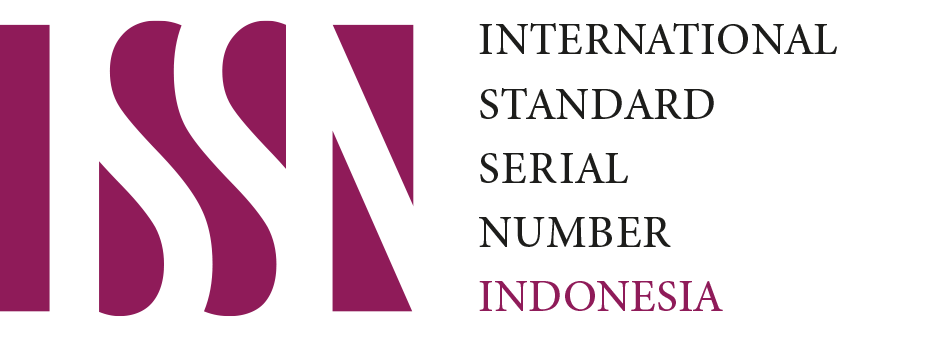CONTRASTIVITY OF 'MO' AS AN AFFIRMATION PARTICLE IN JAPANESE AND 'JUGA' AS ADVERB IN INDONESIAN
DOI:
https://doi.org/10.33197/widai.vol1.iss2.2021.675Keywords:
particle affirmation, adverbs addition, structure, meaningAbstract
The difference between Japanese and Indonesian is quite diverse, one of which is about 'mo' and 'juga‘. 'Mo' includes affirmation particles in Japanese and 'juga‘ includes adverbs in Indonesian. This study aims to compare the two linguistic elements by looking for similarities and differences. The Japanese theory used is the theory of the structure and meaning of the affirmation particle 'mo', while the Indonesian theory used is the theory of structure and the meaning of adverbs 'juga'. The results obtained from this study are 'mo' and 'juga' used in the form of equalization adding an element into other similar elements, can be attached to the class
of nouns, noun phrases, verbs, and adjectives. The difference is that 'mo' is after the element it adds, while 'juga' is more flexible in position can be before or after the element it adds.
Downloads
References
Alwi, Hasan. dkk. 2003. Tata Bahasa Baku Bahasa Indonesia. Jakarta : Balai Pustaka Chaer,
Abdul. 2003. Linguistik Umum. Jakarta : Rineka Cipta
__________ 2009. Sintaksis Bahasa Indonesia. Jakarta : Rineka Cipta
Djajasudarma, T. Fatimah. 2010. Metode Linguistik. Bandung : Refika Aditama
Gengobunka Fooramu. 1995. Mo no Gengogaku. Japan : Hitsuji Rujukan Elektronik
Iori, Isao. 2000. Nihongo Bunpou Handobukku. Japan : 3A Corporation
_______ 2001. Atarashii Nihongogaku Nyuumon. Japan : 3A Corporation
Kinsui, Satoshi. dkk. 2000. Toki.Hitei to Toritate. Japan : Iwanami Shoten
Koizumi, Tamotsu. 2002. Gengogaku Nyuumon. Japan : Taishuukan Shoten
Kridalaksana, Harimurti. 2001. Kamus Linguistik. Jakarta : Gramedia Pustaka Utama Mahsun,
M.S. 2007. 2012. Metode Penelitian Bahasa (Edisi Revisi). Jakarta : Rajawali
Nitta, Yoshio. 2009. Gendai Nihongo Bunpou 5 Toritate. Japan : Kuroshio Shuppan.
Novella, Utari. 2011. Toritatejoshi Dake dan Shika Sebagai Partikel Penunjuk Limitatif dalam Kalimat Bahasa Jepang (Tesis). Universitas Padjadjaran
Numata, Yoshiko dan Noda, Hisashi. 2001. Nihongo no Toritate. Japan : Kuroshio Shuppan
______________ dkk. 1992. Mo, Dake, Sae Nado no Toritate. Japan : Kuroshio Shuppan
Okutsu, Keiichiro. dkk. 1986. Iwayuru Nihongo Joshi no Kenkyuu. Japan : Bonjinsha Parera, J.D. 2009. Dasar-dasar Analisis Sintaksis. Jakarta : Erlangga
Puspitasari, Dewi. 2009. Lingkupan dan Modus No Da dalam Bahasa Jepang (Tesis). Universitas Padjadjaran
Sudaryanto. 2015. Metode dan Aneka Teknik Analisis Bahasa. Yogyakarta:Sanata Dharma University Press









